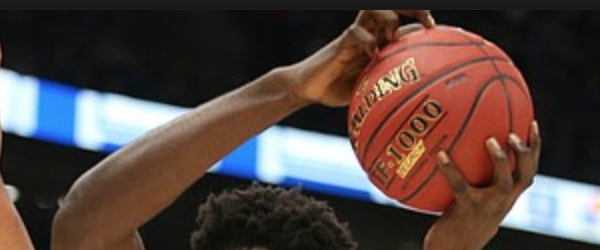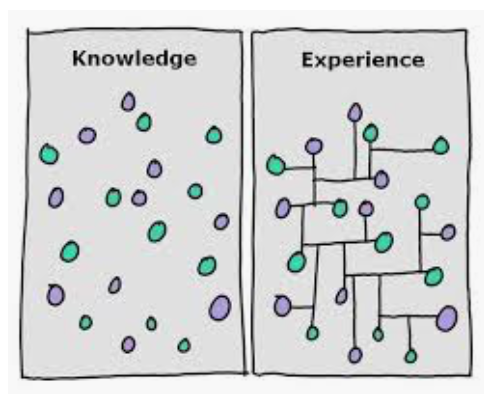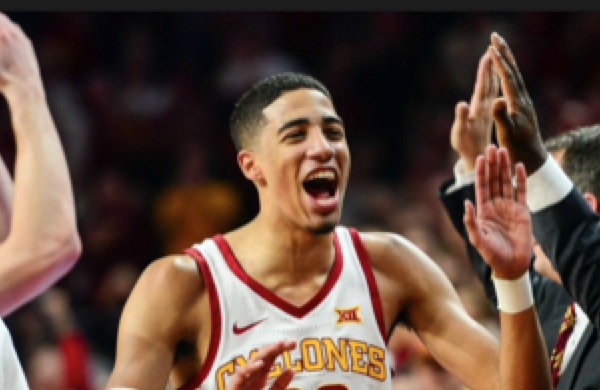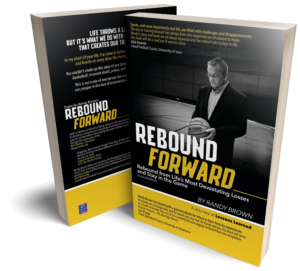by Kyle Ohman, BasketballHQ
When coaching young basketball players, there is a lot that needs to be taught and gone over, and it can be frustrating when trying to figure out what to spend your limited practice time on.
The first thing that you have to realize is that not everything is equal, especially when you are coaching younger kids. The main goal needs to be teaching the fundamentals of the game, while also helping the player to develop a love and passion for the game.
This means that you need to have great basketball drills, but that they also need to be in a fun environment so that players aren’t getting burned out, especially when dealing with younger kids. The more you can create an environment where it is fun to learn, the more receptive youth basketball players are going to be.
With all of that in mind, here are five fundamentals that you should be focusing on with your youth basketball players.
Teach Them How to Think the Game
One of the biggest things that will help a player as they get older is an understanding of the game. Players that can think the game are able to understand when and why they should use different moves. So when you teach a new skill in practice, make sure that you explain why they are doing it that way and when it should be used in a game.
The better you can do this, the more it will make sense to them in the grand scheme of things. Also, players that understand the game will be able to teach themselves as they get older. This is going to be critical for their development. Giving a player the gift of being able to teach themselves is something of immense value.
Work on Ball Handling
Regardless of position, younger players can never get enough ball handling. It not only allows them to be comfortable dribbling the basketball in a game, but it also works on developing their hands for catching, as well as overall coordination. It is important, though, to make sure that you are mixing the dribbling drills up as much as possible to keep young players engaged.
As a basketball trainer in Tampa, Florida, I am constantly mixing up the ball-handling drills that I use with my younger players. Whether it is one-ball drills, two-ball drills, tennis ball drills, using a wall, etc., the more I can keep them having fun with the drill, the more they are going to stay engaged. So do your best to mix it up with your players.
Develop Their Weaknesses
It is very easy for younger players only to want to work on what they are good at. They don’t want to get uncomfortable or be put into positions where they might fail. It is up to you, though, to challenge them to work on these areas of their game. You can do this by forcing them to do drills that are going to work on their weak hand, playing defense, etc., but it is also vital that you explain the importance of not avoiding parts of their game.
If you can get your players to buy into being willing to get uncomfortable in their workouts, it will stay with them for the rest of their basketball career.
As a coach, it is essential to find the right balance for this. It is critical that you keep things new and fun, but also challenge them to get uncomfortable.
Teach Them How to Play in an Athletic Stance
Coaching younger kids is all about preparing them for the future and giving them a strong foundation. One of the best ways you can do that is by teaching them how to play from an athletic stance. Almost every explosive movement in basketball comes from an athletic position.
Whether it is running, sliding, or jumping, it all starts from the same athletic stance. So teach your players to stay low and ready to be explosive, rather than standing straight up and down.
The more you can teach your players proper technique for any athletic movement when they are younger, the better of a chance they will have moving forward. They will be that much quicker, faster, efficient with their footwork, etc. So do your best to eliminate any poor athletic movements that they may have.
If athletic movements are not your specialty, get online, and take advantage of all of the available online fitness resources. Watch some videos, read some articles, and before you know it, you will be able to recognize what these different athletic movements should look like.
Help Them Develop Mental Toughness
Great basketball players are mentally tough; they are able to overcome poor shooting nights, execute when they are tired, or handle pretty much anything that is thrown their way. A great time to work on becoming mentally tough is when a player is younger. If they can learn to overcome “unfair” situations when they are younger, they will be able to handle anything that comes their way when they are older.
It starts with you taking the time to explain to them the importance of being able to handle adversity. It is not a one-time conversation either; it will require a regular dialogue. Next, it is going to require you to allow them to face some adversity. Whether it is conditioning, a bad call in practice, a tough drill, or whatever, allow your players to experience opportunities to develop mental toughness.
As a coach, it will be up to you to find the right balance with this, but they must be able to experience mentally challenging situations.
5 Fundamentals for Teaching Young Basketball Players Conclusion
There is almost a never-ending list of things you can work on with younger players, but these five areas are essential for the growth of any youth basketball player. The more you can hone in on these areas, the stronger a player’s foundation is going to be.
As a coach, it is up to you to help build and strengthen young player’s basketball foundations. The more players you can help set them up to be successful, the more players are going to have positive experiences with basketball, and that will be because of your help at the beginning.





